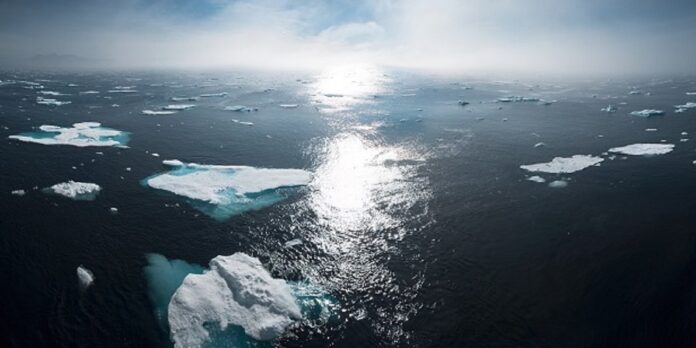The International Atomic Energy Agency (IAEA) has launched its first scientific research expedition to study microplastic presence in Antarctica, as part of its NUTEC plastics initiative to inform action on plastic pollution utilising nuclear and isotopic techniques.
The presence of microplastics in the region could contribute to accelerating ice loss by reducing ice reflectivity, altering surface roughness, promoting microbial activity, acting as thermal insulators, and contributing to mechanical weakening of the ice structure.
This combined with climate change, atmospheric conditions, and oceanic influences, could have a significant impact on ice melt. There is also the danger of microplastics entering the food chain of Antarctic organisms.
Working with Argentina’s Instituto Antartico Argentino and the Dirección Nacional del Antártico, experts from IAEA will monitor the presence of microplastics at 22 sites near the Carlini research base, studying ocean water, lakes, and land. Seawater samples will be taken from 12 sites, sediment samples from four sites, three samples from lakes and samples from three different sandy beaches. The team will also monitor the presence of microplastic in organisms by collecting clams and limpets, and the faeces of penguins.
Vibrational spectroscopy will be used to count the number of microparticles of plastic and to characterise the type of polymers found, with the aim of assessing the pollution source.









